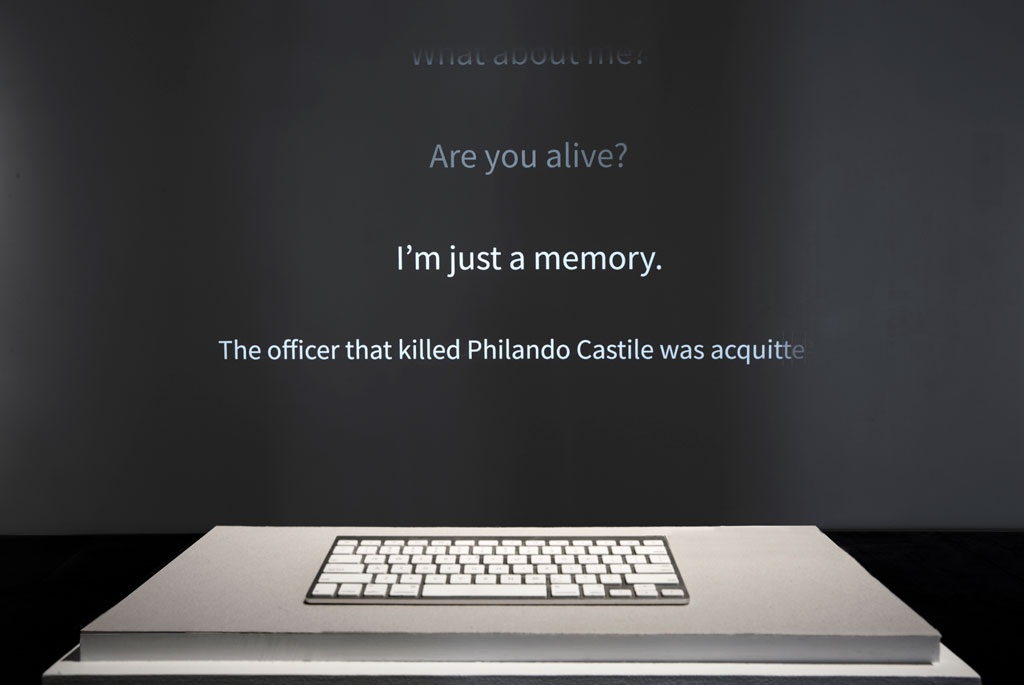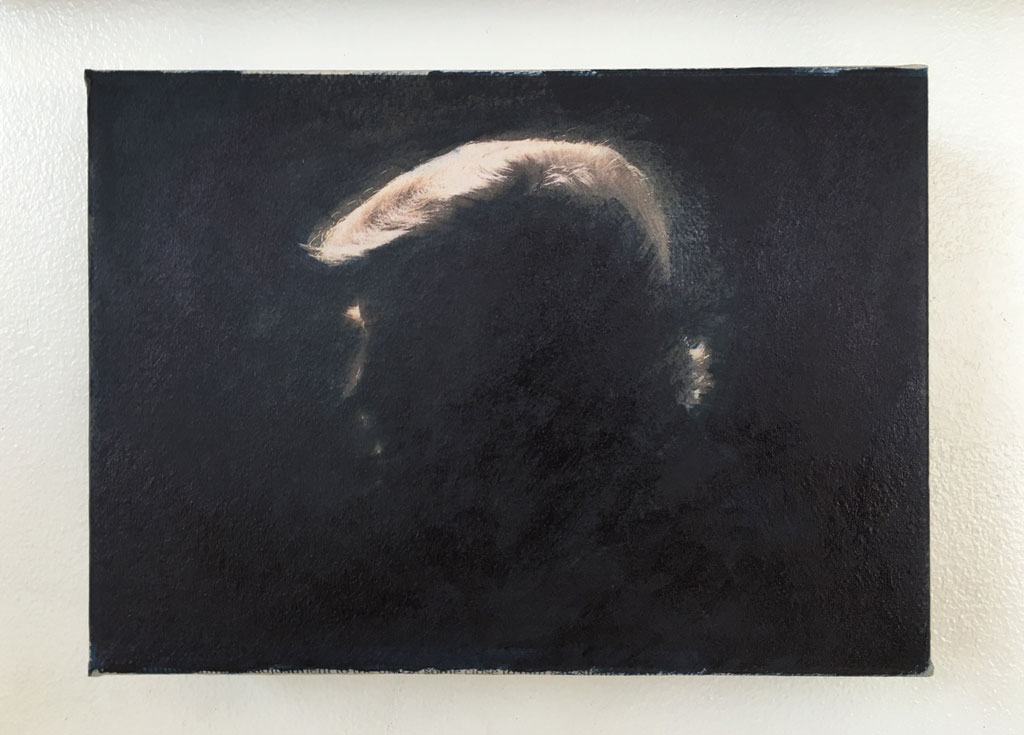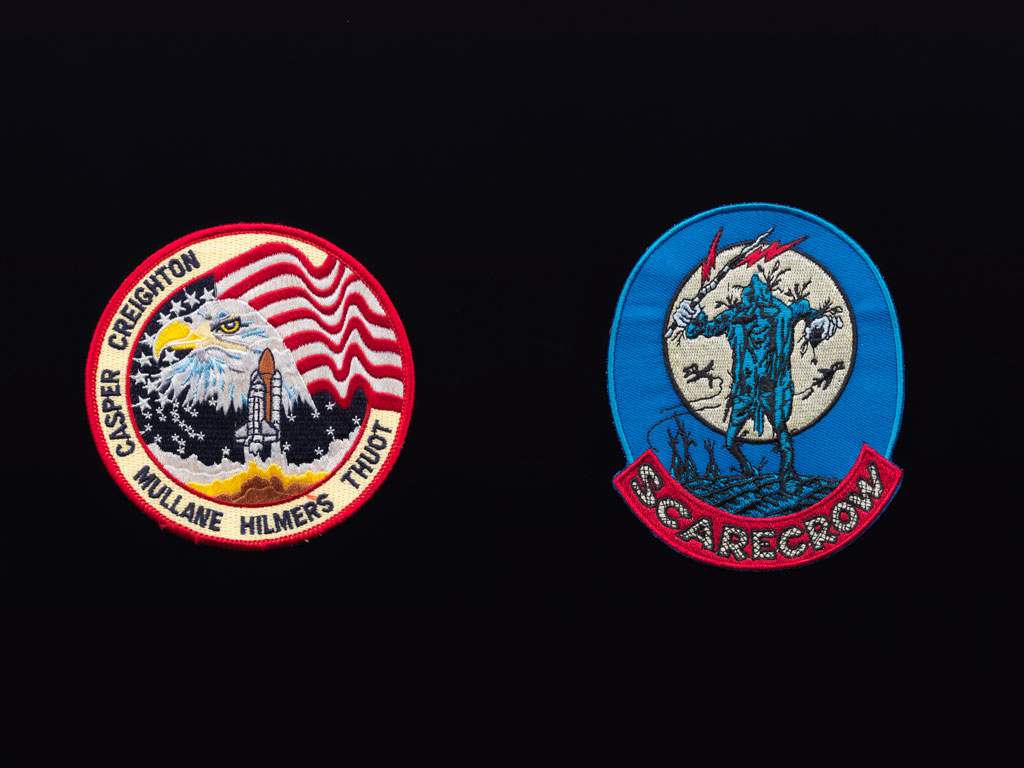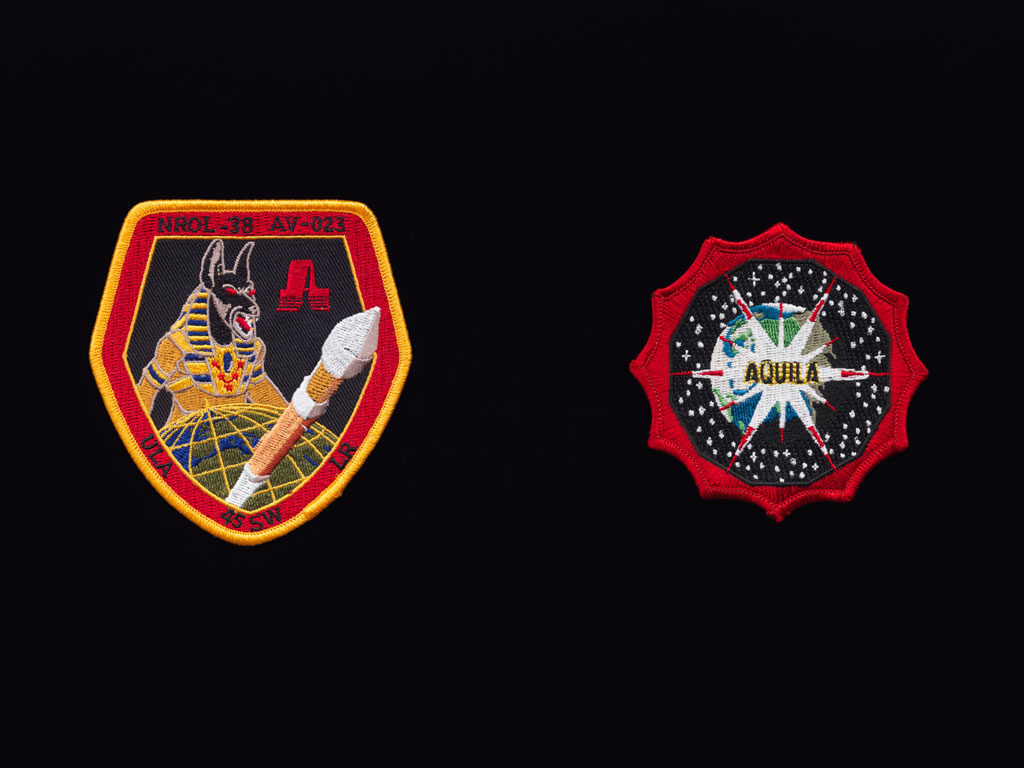ART CITIES:N.York-The Watchers

Derived from the French word “surveiller”, meaning “to keep watch” or “to watch over”, the surveillance camera has been used to police borders, to assist war-time reconnaissance, to gain advantage over political enemies or simply to gather information. Techniques of surveillance are closely linked to developments in photographic technology – from the earliest aerial photographs to satellite pictures. In the twenty-first century, cameras on street corners, in shops and public buildings silently record our every move, while web-based tools such as Google Earth adapt satellite technology to ensure that there is no escape from the camera’s all-seeing eye.
By Dimitris Lempesis
Photo: The Shelley & Donald Rubin Foundation Archive
The exhibition “The Watchers” focuses on the multi-faced nature of surveillance and privacy in contemporary society, and the subsequent production and obscuration of information and news. exhibition is loosely organized as a narrative about surveillance, presenting examples of stalking, sousveillance, fortified borders, facial recognition technology, as well as proposals for World Trade Center Memorials in cities across the world. The exhibition is the second installment in a two-year series of exhibitions titled “Revolutionary Cycles” of The Shelley & Donald Rubin Foundation at The 8th Floor in New York. Each of the six installments is organized thematically, to consider how labor, gender, the media, surveillance, and family shape our collective experience in the current political climate. With the development of conceptual art in the late 1960s artists began to use photography to document performances or actions. Every day for one month in 1969 Vito Acconci followed a randomly selected stranger on the streets of New York, recording his experiences with photographs and a written account. His seminal work “Following Piece” serves as a person-to-person example of surveillance and spying, with Acconci performing as a stalker who submits to the path undertaken by randomly selected individuals. In her film “The Sleepers” (1999), Amie Siegel simulates a voyeuristic perspective that fluctuates between a safe remove and penetrating the boundary between the private and public spheres. Orkhan Huseynov’s videos “Dear Beloved” (2017) use the intimate details of scam emails to emphasize their emotional and manipulative nature. Huseynov produces an alternate reality by attributing the fictional writers with character and plot development, reminding us that time spent online involves a constant process of sorting fact from fiction. With a more incisive political point of view, Arnold Mesches’ series “The FBI Files”, is based on his earlier works about the trial of Julius and Ethel Rosenberg that were stolen from his studio in 1956, allegedly by the FBI. After the Freedom of Information Act was passed, Mesches recovered 760 pages of documents tracking his activities between 1945 and 1972, turning many of the redacted manuscripts into paintings and collages. A series of paintings by Pedro Lasch, titled “Phantom Limbs” (2001-11), depict the Twin Towers as international memorials in numerous locations (Baghdad, Darfur, Guantanamo, among others) where they have been commemorated with light projections similar to the annual “Tribute in Light” installed in Lower Manhattan since 2001. Hasan Elahi’s “Woodland” (2019) looks at the heightened anti-terrorist security measures that have been introduced in many public and surveilled environments after 9/11. The work is a composite of his self-surveillance – or sousveillance – a practice Elahi took up after being erroneously placed on a terror watch list. In her “Fortified Boundaries” series, Elaine Byrne photographs difficult to access locations at a number of borders: U.S./Mexico, Spain/Morocco, Greece/Turkey, and Spain/U.K. At each site, Byrne hones in on both the mundane and spectacular to question the reasons for borders, recognizing that economic interests are as much at stake as military security. With ties to the much contested land of Standing Rock, Cannupa Hanska Luger’s “The Weapon is Sharing (This Machine Kills Fascists)” (2017) pays tribute to stories disseminated through what the artist describes as “throwaway technology” associated with activism. In recreating these technological devices in ceramic, Luger inscribes fleeting messages into the art historical record. Rafael Lozano-Hemmer’s “Level of Confidence” (2015), uses facial recognition software , that typically is used by military and police forces to search for suspiscious persons, to match the faces of gallery visitors with a group of 43 disappeared students from a rural teacher’s college in Ayotzinapa, Mexico, who were forcibly taken by local police in collusion with organized crime. Lieven De Boeck created “M.I.R.R.O.R.Nr3.eagle” (2010) from the simplest of surveillance technology to literally reflect on the introduction of The Patriot Act and other policy changes that followed the 9/11 terrorist attacks. “Sandy Speaks” (2017) by American Artist uses an artificial intelligence chat platform to pay homage to Sandra Bland, a 28-year old African American woman who was found dead in a jail cell after being pulled over for a minor traffic violation. Trevor Paglen’s “Symbology, Volume IV” (2013) is a nod to the totemic visual language of military culture, in which symbols and insignia that have historically been associated with cults, secret societies, and mystics are used by military units to allude to covert networks and operations. In “Hyperconnected (The Whole Picture)”, 2017, Karin Ferrari deconstructs the logos and interface design of the web, visualizing the networks that frame our experiences online. Anne Deleporte’s “Photo-frescos” incorporate pages of the daily newspaper, specifically The New York Times, as a canvas, highlighting images and fragments of news to create a symbolic narrative. Through a system of obscuration, Deleporte flags what she sees as essential, visually demonstrating how information is filtered and synthesized on an innate basis.
On show are works by: Vito Acconci, American Artist, Elaine Byrne, Lieven De Boeck, Anne Deleporte, Hasan Elahi, Karin Ferrari, Orkhan Huseynov, Pedro Lasch, Rafael Lozano-Hemmer, Cannupa, Hanska Luger, Arnold Mesches, Trevor Paglen, and Amie Siegel.
Info: Curator: Sara Reisman, The Shelley & Donald Rubin Foundation, The 8th Floor, 17 West 17th Street (between 5th and 6th Avenues), New York, Duration: 11/7-12/10/2019, Days & Hours: Tue-Sat 11:00-18:00, www.the8thfloor.org






